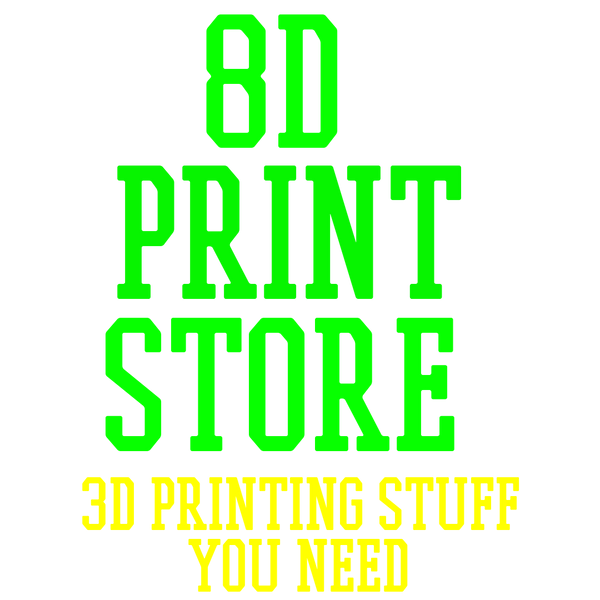What is 3D printing?
3D printing is a manufacturing process that creates three-dimensional objects by adding material layer by layer. Unlike traditional subtractive manufacturing methods, such as cutting or drilling, 3D printing builds objects from the ground up, using digital models as a blueprint. This technology allows for the creation of complex geometries and intricate designs that would be difficult or impossible to achieve with traditional methods.
How does 3D printing benefit the environment?
One of the most significant advantages of 3D printing is its eco-friendliness. Unlike traditional manufacturing, which often generates a substantial amount of waste, 3D printing is a near-zero waste process. It only uses the exact amount of material needed to create the object, minimizing material waste and reducing the need for disposal. Additionally, 3D printing enables the use of recycled materials, further reducing the demand for new resources.
Furthermore, 3D printing can also reduce energy consumption. Traditional manufacturing processes often require a significant amount of energy to heat, shape, and assemble materials. In contrast, 3D printing only uses energy to melt the material and build the object layer by layer, resulting in lower energy consumption and reduced carbon emissions.
What are the other benefits of 3D printing?
Aside from its environmental advantages, 3D printing offers a range of other benefits. It allows for rapid prototyping, enabling manufacturers to quickly iterate and refine their designs. This can significantly shorten the product development cycle and reduce time to market.
Moreover, 3D printing enables customization and personalization on a mass scale. With traditional manufacturing, customization often comes at a high cost and is only feasible for small-scale production. However, 3D printing allows for the easy customization of each individual item, making it ideal for personalized products or tailored medical devices.
Conclusion
As the world becomes increasingly aware of the need for sustainable practices, 3D printing emerges as a game-changer in the manufacturing industry. Its eco-friendly nature, reduced waste, and energy efficiency make it a promising solution for a more sustainable future. With its ability to create complex designs, rapid prototyping, and mass customization, 3D printing is not only environmentally friendly but also offers numerous other benefits. It is clear that 3D printing is paving the way for a new era of manufacturing.

